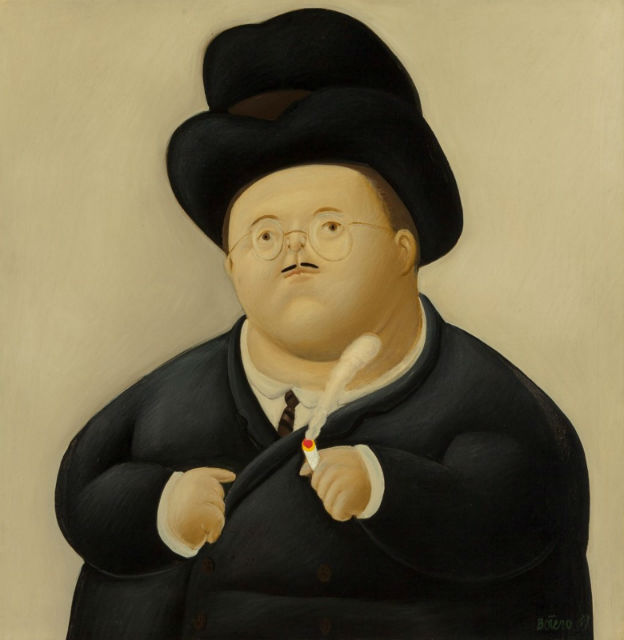
NEW YORK – Undervalued for decades, Latin American art has at last secured its foothold in the worldwide art market, especially in North America. Dedicated auctions by major auction houses like Christie’s and Sotheby’s in New York along with the 2017 blockbuster initiative led by the Getty, “Pacific Standard Time: LA/LA,” which included exhibits at over 60 institutions in Southern California that focused on Latin American art, have made this corner of the art market more accessible to new audiences and a new generation of art collectors.
In pockets of America, however, like Miami, Latin American art has long been coveted. Miami gallerist Gary Nader has specialized in this field for three decades so Auction Central News turned to him for his top five picks for leading Latin American artists.
Not surprisingly, Nader chose Fernando Botero (Columbian, b. 1932), far and away, as his number one pick followed by Roberto Matta (Chilean-born, 1911-2002), Wifredo Lam (Cuban, 1902-1982), Joaquín Torres-García (Uruguayan, 1874-1949) and Rufino Tamayo (Mexican, 1899-1991).
“These are the artists who transcended Latin America to the mainstream. Their work speaks for themselves today,” he said, noting they are collected all over the world and have had extraordinary careers. “Today there is no Latin American collection without those artists.”
Nearly all these artists developed their following and market in Europe except Tamayo, who lived mostly in Mexico, he said.
The markets (for these artists) have been developing thanks to auction houses and art galleries, which introduced these artists to mainstream audiences and exhibited their work worldwide. “It’s been a long road. The work we have been doing promoting artists for the last 30 years is really paying off,” Nader said, noting that representation of Latin American artists at art fairs like Art Basel Miami has grown over the years. “People are really paying attention to these artists now.”

Fernando Botero
“Botero is the most well known in the world, his language is extremely recognizable, which makes him very unique as an artist,” Nader said.
Instantly recognized for the Rubenesque figures he depicts in his artworks, Botero’s paintings and sculptures consistently bring top prices at auctions, In May 2017, Sotheby’s sold Botero’s bronze of a seated woman, Donna Seduta, for $1.39 million. A painting, The Beach, 2009 sold at Fine Art Auctions Miami in April 2014 for $1.3 million.
Early in his artistic career, Botero was awarded the Salón de Artistas Colombianos prize in 1952, which paid for his European travels to study art in Spain and Florence, especially the work of the Old Masters. Florence was especially influential in his career as it was where he was introduced to Rubens’s sensual and full-figured depictions.
The artist was quoted in the exhibition catalog, Botero in Washington, for his 1996 exhibition in Washington, D.C., talking about his preferred sculptural subject of the female form, either reclining, seated or standing, “The interesting thing is that in returning to the same subject, you always say something different.”
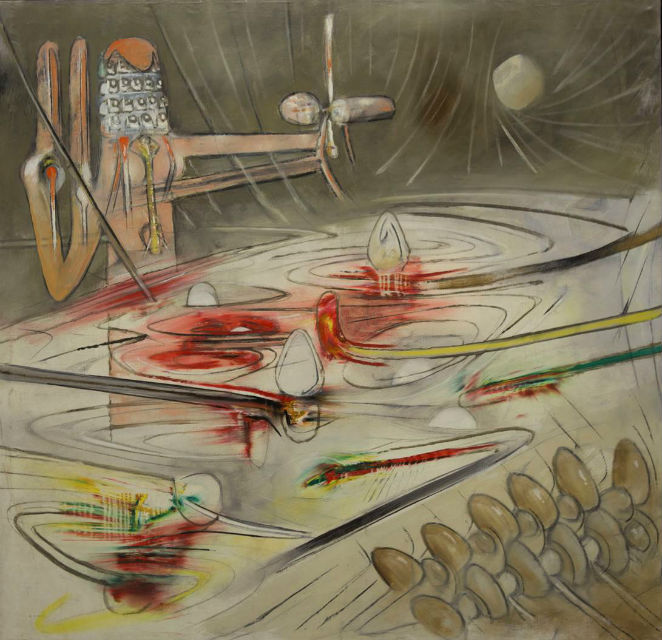
Roberto Matta
Matta was renowned as a Surrealist and his art reflected the melding of Latin American culture from his upbringing in Chile with his travels to America and Europe. Also involved early on with the Abstract Expressionism movement, he created work that was a marked departure from this and the Surrealism movements in that his painting added social and political themes as well as figurative elements.
In 1938, he transitioned from drawing to oil painting with paintings like Crucifixion, launching an exploration of religion and his “psychological morphologies.” He is best known for his paintings.
Nader says that Matta is completely undervalued, “He is practically the father of American Abstract Expressionism,” he said, adding that the prices his artworks get are a pittance compared to his peers and surprising given his influence on artists like Rothko, Gorky and Motherwell. His use of space and form sets him above his peers.
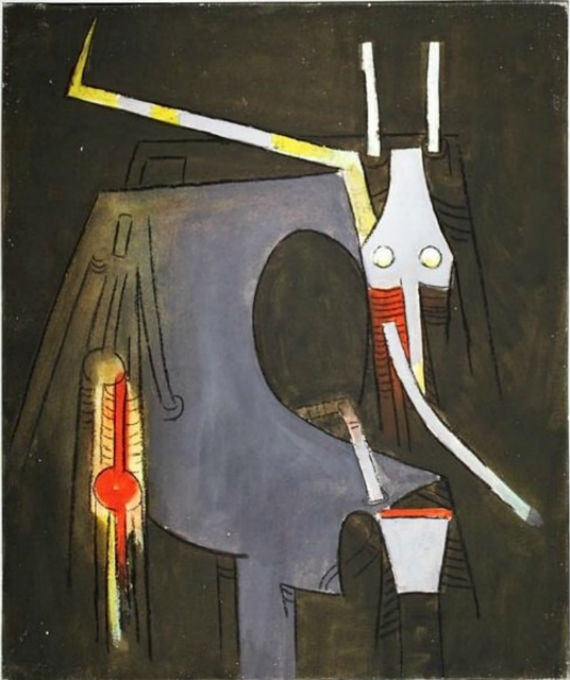
Wifredo Lam
Multiculturalism had a key influence on the art of Lam, who was born and raised in a sugar-farming village in Cuba. His father was Chinese and his mother was Congolese-Cuban.
He grew up around people who hailed from Africa and learned many of their traditions and spiritual practices that were later visited in his artworks. Nader noted that Lam is important for blending the cultures of the African and Caribbean cultures with Western art movements like Cubism and Surrealism. Internalizing the influences of Dali, Matisse and Picasso while studying in Europe, he worked mostly in gouaches, creating highly stylized figures in the late 1930s that oozed emotional intensity while he sought to create his own version of Modernism.
Robust prices for his work includes the Cubist-inspired Femme cheval that sold at Christie’s in November 2015 for $1.8 million, and Sotheby’s sold Lam’s Idolo, a 1944 oil and charcoal on canvas, in May 2012 for $4.6 million.
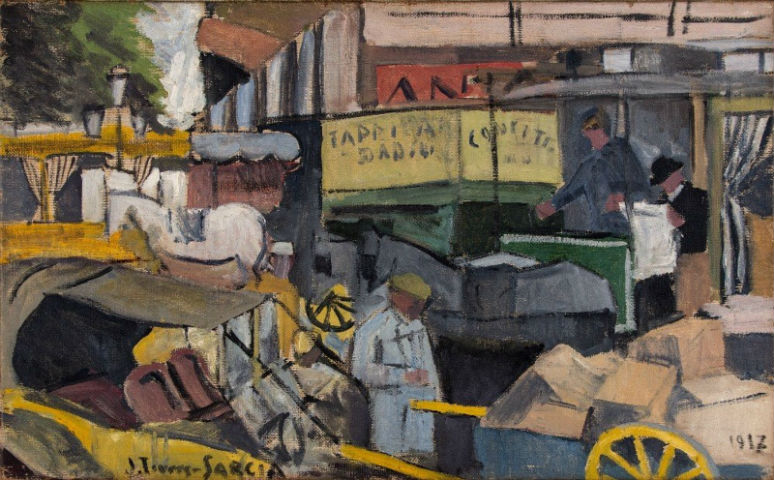
Joaquín Torres-García
Although Torres-García has been dubbed the father of Latin American Constructivism, he lived more than four decades abroad in Europe and the United States before returning home. After studying drawing and painting, he started designing wood toys in 1918 that combined simple forms and put them into elaborate constructions, a precursor of his later Constructivist works.
His career got a major revival with a retrospective at the Museum of Modern Art in 2016 that highlighted the key periods in his art, especially in the mid-1920s-1930s while he honed his Constructivist style in Europe; and a decade later when back in his native Uruguay he, according to MoMA, “produced one of the most striking repertoires of synthetic abstraction.”
His ideas about art often ran against popular ideology and the spiritual and metaphysical themes in his art were in sharp contrast to Russian Constructivism’s focus on standardization and utilitarianism. He created some of his best work in his final years painting in Montevideo. During this period he strove to show his Constructivism was different than the European traditions, which secured his legacy in the art world.
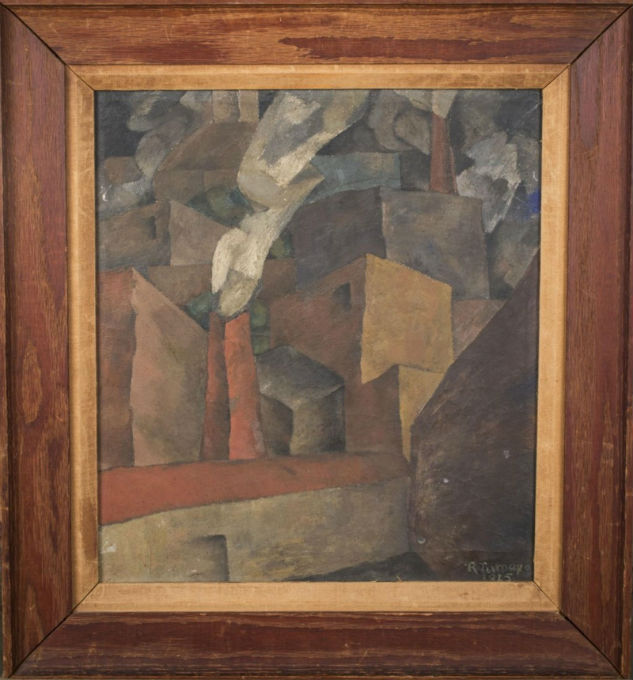
Rufino Tamayo
A multitalented painter, sculptor and printmaker, Rufino Tamayo lived most of his life in his native Mexico, where he absorbed Impressionism, Cubism and Fauvism among artistic influences. His works often speak to the Mexican experience and significant socio-political events in the country’s events such as the Mexican Revolution.
He broke away from the overtly political themes of his fellow muralists Diego Rivera and José Clemente Orozco; preferring to focus attention on form and symbolic meanings.
He often paid homage to pre-Columbian traditions with lyrical canvases and is well known for his murals and paintings of women. Tamayo’s ability to synthesize complex themes of Modernism “with the expressive power of the ancient arts of Mexico,” according to Latin American Masters gallerist William Sheehy’s online essay, speaks to the artist’s genius.
Collecting tips
Nader suggests new collectors work with an art professional and learn so they can train their eye. “It’s not rocket science, you have to study, buy what you like, go to museums and stop listening to the media,” he said. Don’t buy art that people tell you will be a good investment but buy what moves you, he recommended. “You are the one who is going to live with it and appreciate it. The intrinsic value of art is to enjoy it,” he said, adding that it’s OK to make mistakes. “The advantage is you can learn so much. Stop buying art as an investment—art can go up and down, left and right. Some great artists are well protected. It’s hard to make a mistake with a good Botero, but if you want to be a young collector, use somebody. You don’t build your own house and fix your own teeth.”


